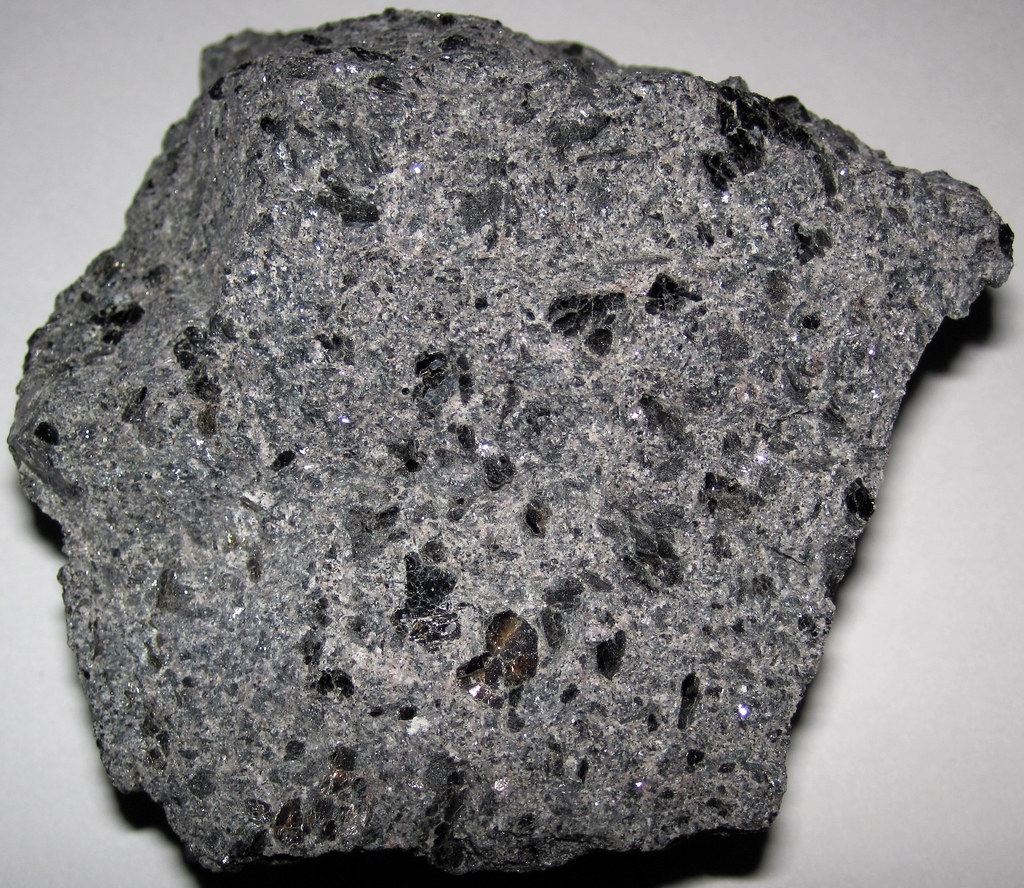A ground-breaking finding made by academics from the University of York has sent the archeological community into a frenzy of reflection and worry at a time when it seems like our influence on the environment is greater than ever. Ancient soil samples, some of which date to the first or second century CE, have for the first time been found to contain microplastics. In addition to casting doubt on the previously believed pristine character of archeological sites, the discovery of these microscopic plastic bits buried more than seven meters below the surface raises serious concerns regarding the preservation of historical items and their possible influence on further archaeological research.
A total of 16 types of microplastic polymers were assessed in this study, taken both from contemporary and archived soil samples. Plastic contamination is, therefore, omnipresent, underlining the far-reaching effects of plastic pollution, reaching even to the supposedly untouched layers of the past. The discoveries, presented in the journal Science of the Total Environment, represent a new reality that will likely force archaeologists to rethink how they preserve and study ancient remains. The work, conducted by the Universities of York and Hull, was supported by the education charity York Archaeology. The study represents one of those magic moments when the fullness of our environmental footprint is realized.
Microplastics, defined as tiny pieces of plastic no larger than five millimeters—roughly the size of a sesame seed—form when larger plastics break down, either by chemically degrading or physically wearing down into smaller pieces. Interestingly, these were also commonly used in some beauty products until around 2020. As conversations about their proliferation in the world spike, this discovery adds another layer of urgency to address the environmental and health concerns associated with microplastics.
The study’s ramifications are extensive. Although the preferred method in recent years has been to preserve archaeological remains in situ, the latest findings imply that microplastic contamination may jeopardize the remains’ scientific usefulness. This was “an important moment,” according to Professor John Schofield of the University of York’s Department of Archaeology, confirming the necessity of reevaluating what were once believed to be virgin archaeological deposits. He underlined how the evidential value and national significance of these deposits are complicated by the historic heritage’s current incorporation of hazardous components, such plastics.

The chief executive of York Archaeology, David Jennings, went into additional detail about the issues, especially with relation to the best-preserved remains, such as the Viking discovery at Coppergate in York. For more than 1,000 years, these were kept in a soggy, anaerobic environment that did a remarkable job of preserving organic materials. Microplastics, however, have the ability to alter the soil’s chemistry by adding substances that might accelerate the decomposition of organic matter. The current method of conserving archaeology in situ is seriously threatened by this.
Therefore, the discovery of microplastics in ancient soil samples is a clear testament to the lasting effects of human activity on planet. serves as another, if necessary, clear call to action for the archeological community and society at large to confront the effects of plastic pollution. This discovery has the potential to change how we care for archeological artifacts in the future by requiring more sustainable methods that include not only the past but also the planet’s future.
We stand at this juncture, the question lingers: How do we tackle the issue of microplastics in our exploration of human history? The road ahead is unclear, yet it’s evident that our bond with nature is deeply connected to our past. Unearthing microplastics in ancient artifacts serves as a stark reminder of how our present choices influence the historical narrative, urging us to reassess our behaviors and their enduring consequences.



